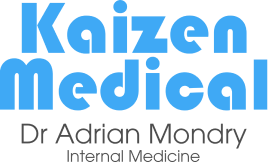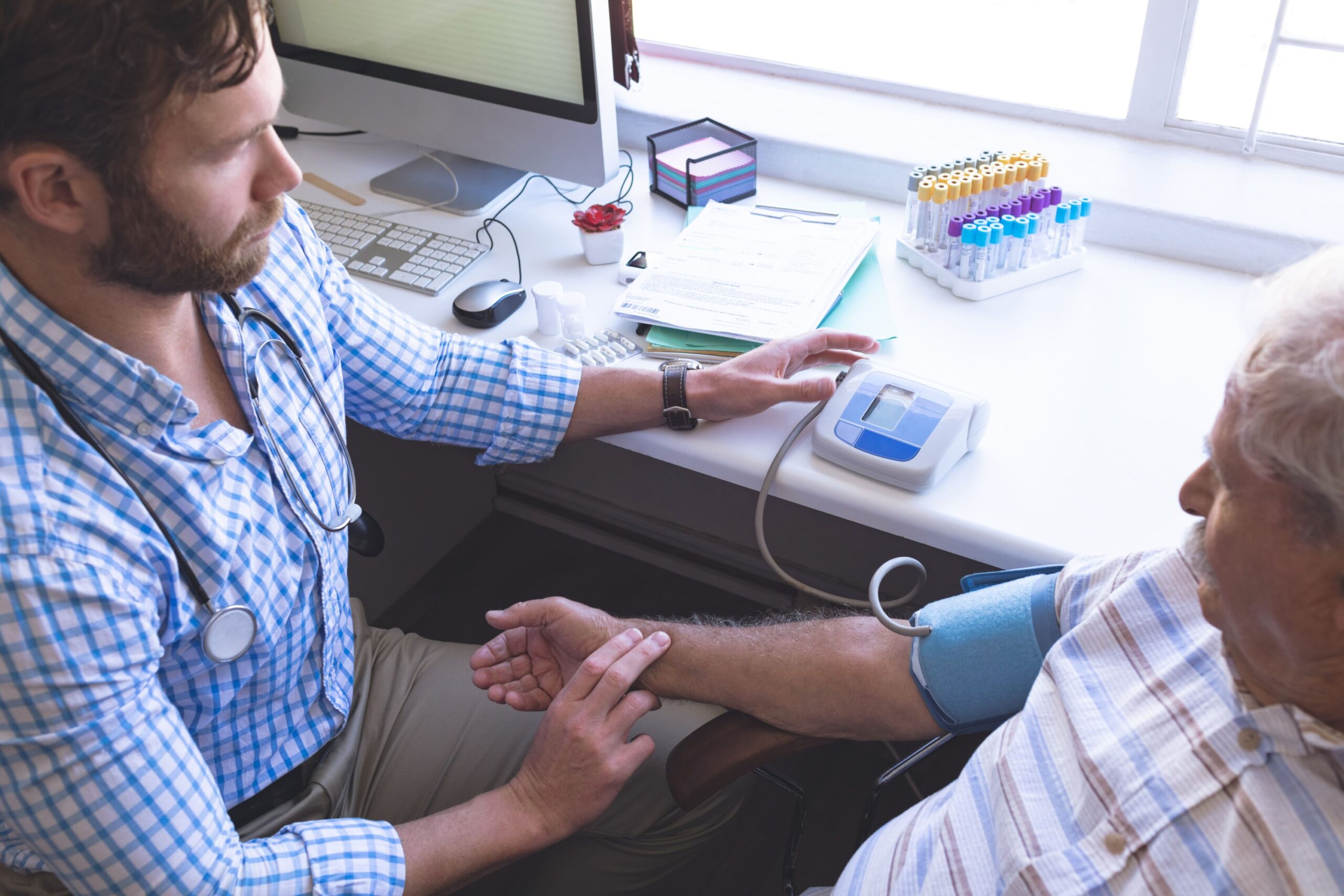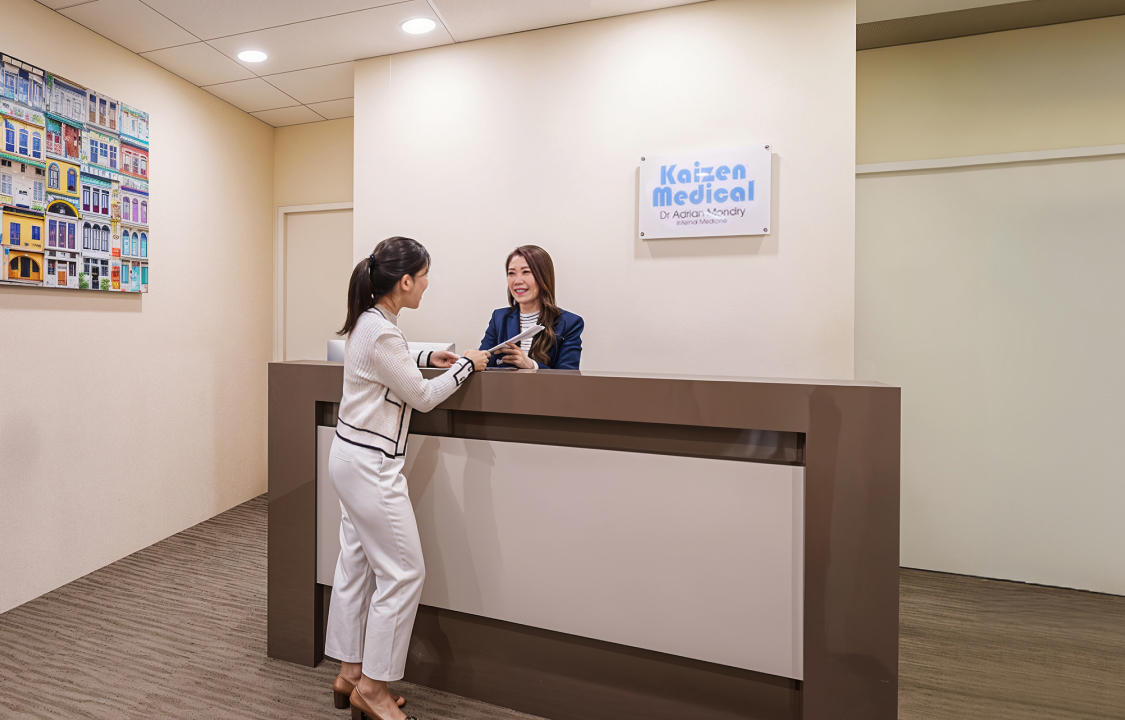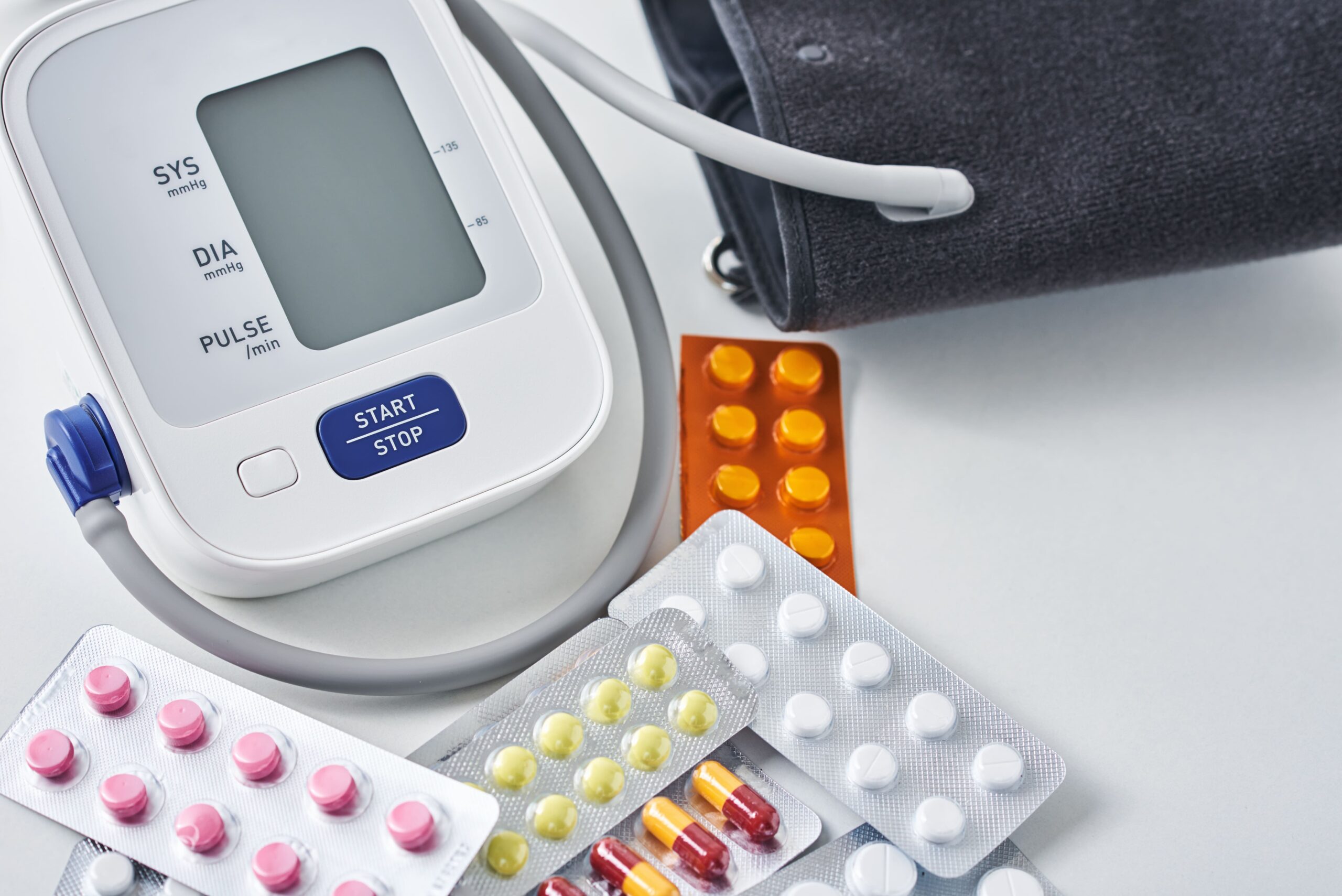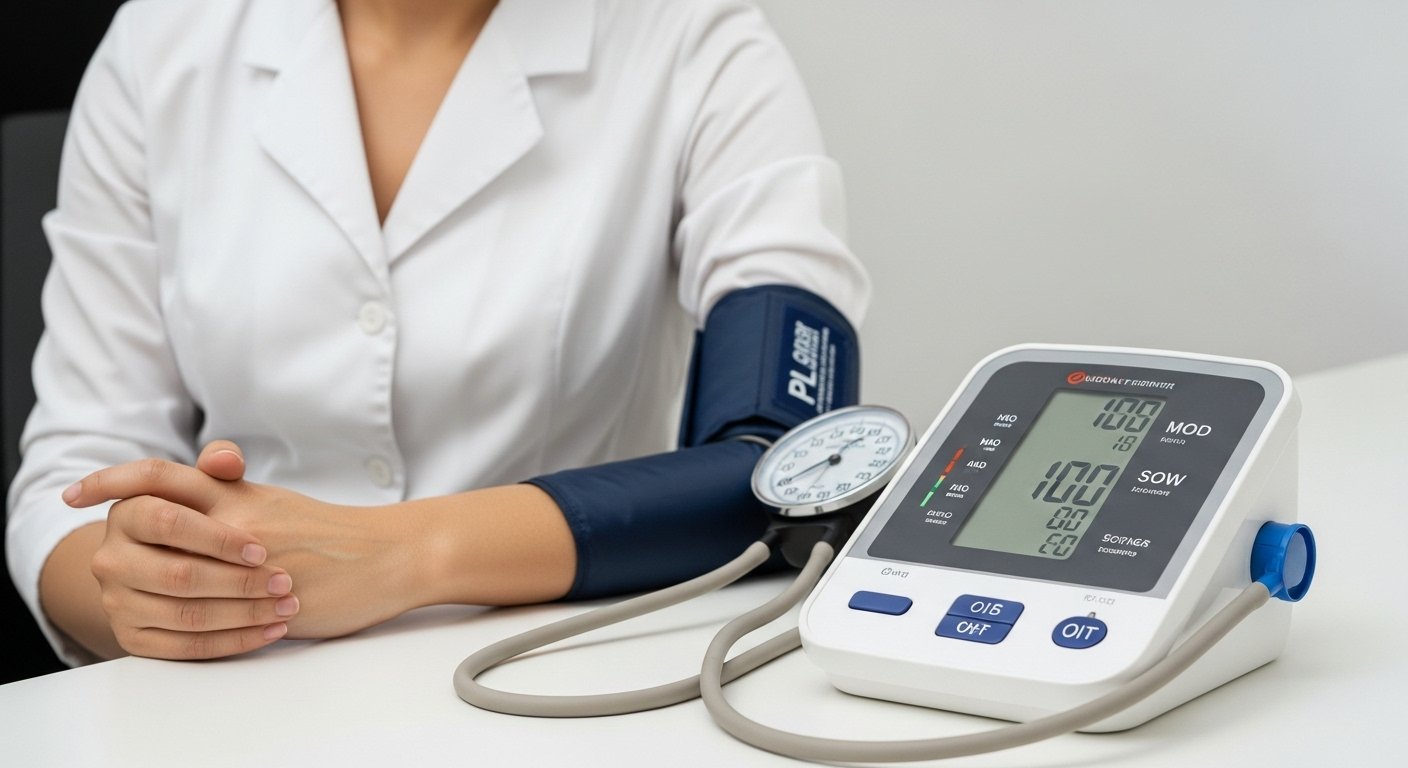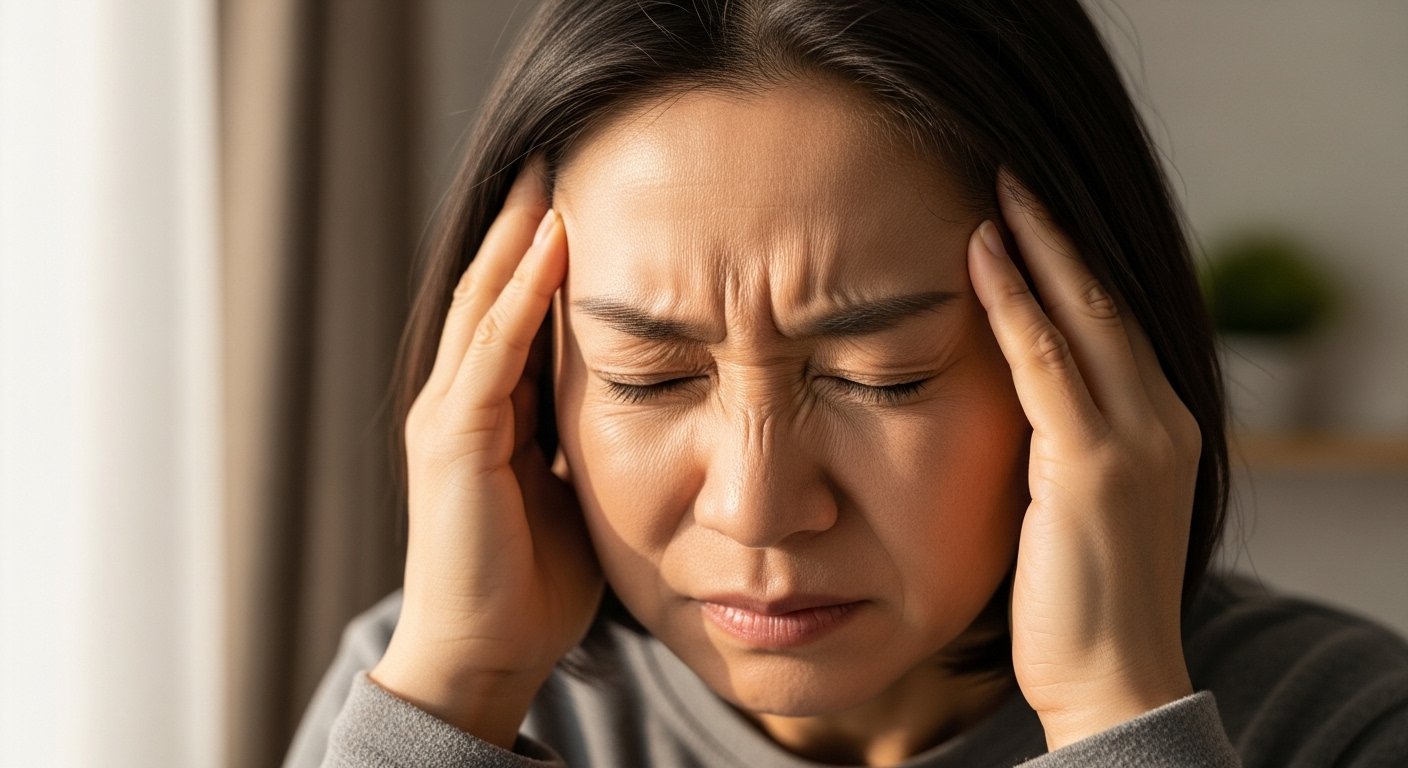Blood pressure readings above 140/90 mmHg on multiple occasions indicate hypertension, requiring medical evaluation and management. Primary care physicians handle initial diagnosis through office measurements, while specialists manage complex cases involving resistant hypertension, secondary causes, or organ damage.
The diagnosis process involves multiple blood pressure readings over several visits, as single measurements can be misleading due to white coat syndrome or temporary elevations. Treatment approaches range from lifestyle modifications for mild cases to combination medications for severe hypertension, with specialists coordinating care when standard treatments prove insufficient.
Blood Pressure Measurement Methods
Office blood pressure measurement remains the standard diagnostic tool, requiring proper technique for accurate results. The patient should sit quietly for 5 minutes before measurement, with feet flat on the floor and arm supported at heart level. Two readings taken 1-2 minutes apart provide the average value.
Ambulatory blood pressure monitoring (ABPM) involves wearing a device for 24 hours that automatically measures blood pressure every 15-30 minutes during the day and every 30-60 minutes at night. This method eliminates white coat effect and provides readings during normal daily activities. ABPM values averaging above 130/80 mmHg confirm hypertension diagnosis.
Home blood pressure monitoring using validated devices allows patients to track readings over time. Morning and evening measurements for 7 consecutive days, discarding the first day’s readings, provide reliable averages. Home readings above 135/85 mmHg suggest hypertension requiring medical evaluation.
Diagnostic Criteria and Classification
Stage 1 hypertension occurs when office readings consistently measure 140-159/90-99 mmHg. This level typically requires lifestyle modifications initially, with medication added if blood pressure remains elevated after 3-6 months.
Stage 2 hypertension, with readings of 160/100 mmHg or higher, necessitates immediate medication alongside lifestyle changes. Multiple drug combinations often become necessary to achieve target blood pressure below 140/90 mmHg.
Isolated systolic hypertension, where only the top number exceeds 140 mmHg while diastolic pressure remains below 90 mmHg, commonly affects older adults due to arterial stiffening. Treatment follows similar principles but requires careful monitoring to avoid excessive diastolic pressure reduction.
💡 Did You Know?
Blood pressure naturally fluctuates throughout the day, typically lowest during sleep and highest in mid-morning. This circadian rhythm explains why morning measurements often read higher than evening values.
Initial Evaluation Components
Laboratory tests during initial hypertension workup include fasting glucose, lipid panel, serum creatinine with estimated glomerular filtration rate (eGFR), serum potassium, and urinalysis. These tests identify cardiovascular risk factors and detect target organ damage.
Electrocardiogram (ECG) screening detects left ventricular hypertrophy, previous silent heart attacks, or rhythm abnormalities. Chest X-ray may reveal cardiac enlargement or pulmonary congestion in advanced cases.
Additional testing depends on clinical suspicion of secondary causes. Young patients under 30, those with sudden onset severe hypertension, or cases resistant to three medications warrant investigation for underlying conditions like kidney disease, hormonal disorders, or vascular abnormalities.
First-Line Treatment Approaches
Lifestyle modifications form the foundation of hypertension management. Dietary changes following the DASH (Dietary Approaches to Stop Hypertension) pattern emphasize fruits, vegetables, whole grains, and low-fat dairy while limiting sodium to 2,300mg daily. Weight reduction of 5-10kg can lower systolic pressure by 5-20 mmHg.
Regular aerobic exercise for 30 minutes most days reduces blood pressure by 4-9 mmHg. Activities include brisk walking, swimming, cycling, or dancing at moderate intensity. Resistance training twice weekly provides additional benefits when combined with aerobic exercise.
Medication selection depends on patient characteristics and comorbidities. ACE inhibitors or angiotensin receptor blockers (ARBs) suit patients with diabetes or chronic kidney disease. Calcium channel blockers work well for older adults and those of African descent. Thiazide diuretics provide effective, affordable first-line therapy for uncomplicated hypertension.
When Specialist Referral Becomes Necessary
Resistant hypertension, defined as blood pressure above target despite three different medications at optimal doses including a diuretic, requires specialist evaluation. The specialist investigates medication adherence, optimizes drug combinations, and screens for secondary causes.
Secondary hypertension signs warranting referral include onset before age 30 or after 55, sudden worsening of previously controlled blood pressure, or presence of clinical clues like unprovoked low potassium, abdominal bruits, or cushingoid features.
Target organ damage evidenced by elevated creatinine, proteinuria, left ventricular hypertrophy on ECG, or hypertensive retinopathy necessitates specialist co-management to prevent progression and adjust treatment intensity.
⚠️ Important Note
Sudden severe headache with blood pressure above 180/120 mmHg may indicate hypertensive emergency requiring immediate emergency department evaluation, not outpatient specialist referral.
Specialist Diagnostic Procedures
Hypertension specialists perform comprehensive evaluations including 24-hour urine collections for catecholamines, metanephrines, cortisol, and aldosterone when suspecting endocrine causes. Plasma aldosterone-to-renin ratio screening identifies primary aldosteronism, a common treatable cause.
Renal artery imaging through CT angiography or magnetic resonance angiography detects renovascular hypertension in appropriate candidates. Doppler ultrasound provides non-invasive screening but has lower sensitivity for detecting stenosis.
Sleep study evaluation identifies obstructive sleep apnea contributing to resistant hypertension. Continuous positive airway pressure (CPAP) treatment can improve blood pressure control in affected patients.
Advanced Treatment Strategies
Combination therapy using drugs from different classes achieves better control than maximal doses of single agents. Fixed-dose combinations improve adherence by reducing pill burden. Common effective combinations include ACE inhibitor or ARB with calcium channel blocker or diuretic.
Spironolactone addition as fourth-line therapy provides significant blood pressure reduction in resistant hypertension, particularly effective for patients with underlying aldosterone excess. Potassium monitoring remains important during treatment.
Device-based therapies like renal denervation show promise for carefully selected patients with truly resistant hypertension despite optimal medical therapy. These procedures remain under investigation with evolving patient selection criteria.
✅ Quick Tip
Taking blood pressure medications at bedtime rather than morning may provide better 24-hour control and reduce cardiovascular events, though individual responses vary.
What Our Internal Medicine Specialist Says
The relationship between patient and physician determines hypertension management success. Regular follow-up visits every 3-6 months for stable patients allow medication adjustments based on home monitoring logs and side effect profiles.
Many patients discontinue medications when feeling well, not recognizing hypertension as a silent condition requiring lifelong management. Education about cardiovascular risk reduction motivates long-term adherence better than focusing solely on numbers.
Complex cases benefit from multidisciplinary approaches involving nephrologists for kidney disease, endocrinologists for hormonal causes, or cardiologists for heart failure management. Coordinated care prevents conflicting recommendations and optimizes outcomes.
Putting This Into Practice
- Start home blood pressure monitoring using an automated upper arm device with appropriate cuff size, taking readings twice daily for one week every month. Record all values including date and time.
- Create a low-sodium meal plan by cooking fresh ingredients rather than processed foods, using herbs and spices for flavor instead of salt. Read nutrition labels targeting less than 2,300mg sodium daily.
- Schedule annual eye examinations to detect hypertensive retinopathy early, as retinal changes indicate blood vessel damage throughout the body requiring intensified treatment.
- Establish a regular exercise routine starting with 10-minute walks three times daily if currently sedentary, gradually increasing duration and intensity over several weeks.
- Track medication timing and side effects in a diary, noting any symptoms like dizziness, cough, or swelling to discuss during medical appointments for optimal regimen adjustment.
When to Seek Professional Help
- Blood pressure readings consistently above 140/90 mmHg on home monitoring
- Persistent headaches, vision changes, or chest pain
- Dizziness or lightheadedness affecting daily activities
- Swelling in legs or shortness of breath suggesting heart failure
- Blood pressure remaining elevated despite lifestyle changes for three months
- Side effects from current medications interfering with quality of life
- Family history of early heart disease or stroke requiring risk assessment
Commonly Asked Questions
How long do I need to take blood pressure medication?
Hypertension typically requires lifelong treatment as blood pressure rises again when medications stop. Some patients achieving significant weight loss and lifestyle changes may reduce or eliminate medications under medical supervision, but this requires careful monitoring as most eventually need to resume treatment.
Why do I need multiple medications when one partially works?
Combining lower doses of different drug classes provides better blood pressure control with fewer side effects than maximizing single drug doses. Each medication works through different mechanisms, creating synergistic effects that overcome the body’s compensatory responses to single agents.
Can white coat hypertension lead to real hypertension?
White coat hypertension, where blood pressure rises only in medical settings, carries increased cardiovascular risk compared to normal blood pressure. These patients often develop sustained hypertension over time, requiring regular home monitoring and periodic ambulatory monitoring to detect progression.
What blood tests monitor medication effects?
Annual monitoring includes serum creatinine and potassium for kidney function and electrolyte balance, especially with ACE inhibitors, ARBs, or diuretics. Lipid panels and glucose testing assess overall cardiovascular risk. Liver function tests may be needed with certain medications.
When should I measure blood pressure relative to medication timing?
Measure blood pressure before taking morning medications to assess trough levels, ensuring 24-hour control. If taking evening medications, morning measurements still provide valuable information about overnight control. Consistency in timing matters more than specific hours.
Next Steps
Hypertension management success depends on accurate diagnosis, appropriate treatment selection, and consistent monitoring. While general practitioners handle straightforward cases effectively, complex or resistant hypertension benefits from specialist expertise to identify underlying causes and optimize therapy.
Regular blood pressure monitoring and medication adherence prevent the serious complications of uncontrolled hypertension including stroke, heart attack, and kidney failure.
If you’re experiencing persistent blood pressure elevation despite treatment, unexplained blood pressure variability, or signs of organ damage from hypertension, our MOH-accredited internal medicine and hypertension specialist can provide comprehensive evaluation and advanced treatment options.
